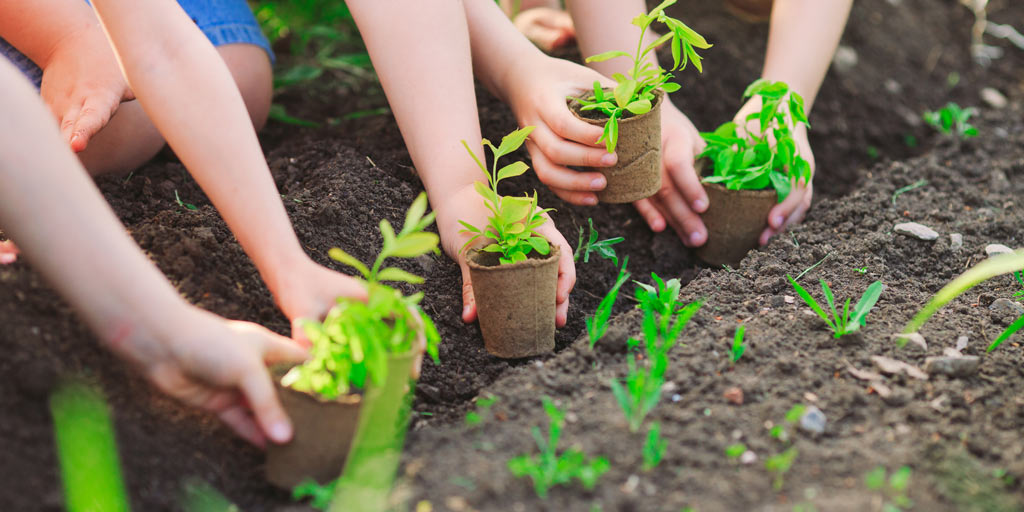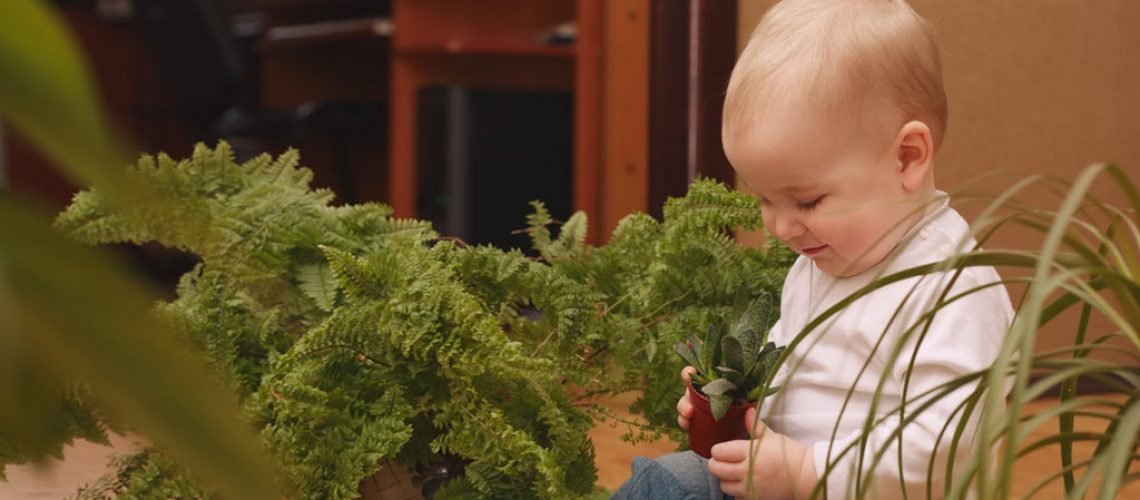The amount of poison in a plant tends to vary with the location, age of the plant, season and weather conditions. In some plants, the toxin is confined only to certain parts. The following plants may cause toxic symptoms when ingested or dermatitis when handled. In addition to toxic plants, be aware that plants treated with pesticides, insecticides or herbicides are toxic.
” In addition to toxic plants, be aware that plants treated with pesticides, insecticides or herbicides are toxic”
House Plants
- Asparagus Fern (asparagus plumosus) (sprengeri)
- Avocado (persea americana)
- Blue Gum (eucalyptus globulus)
- Buddist Pine (poddocarpus Macrophyllus)
- Cacti :
- Bunny Ears (opuntia microdasy’s alkispina)
- Column (cereus peruvianus)
- Rat’s Tail (aporocactus flagelliformis)
- Sunset (lokwia famatimensis)
- Caladium (Angel’s Wings)
- Century Plant
- Crown of Thorns (euphorbia milii splendens)
- Cyclamen
- Dieffenbachia
- Holly (ilex)
- Ivy :
- Cape (tenecio macroglossus)
- English (hedera helix)
- German (senecio mikanioides)
- Glacier (hedera helix glacier)
- Gloire de Marengo (hedera canariensis)
- Needlepoint (hedera helix sagittlae folica)
- Jerusalem Cherry (solanum pseudocapsicum)
- Mistletoe (phoradendron flavescens)
- Philodendron :
- Arrowhead (syngonium podophyllum)
- Black Gold ( ph. melanochryson)
- Devil’s Ivy (Pothos) (scindapsus aureus)
- Elephant’s Ear (philodendron hastatum)
- Fiddle Leaf (ph. pandurae forme)
- Green Gold (syngonium podophyllum)
- Marble Queen (scindapsus aureus)
- Ornamental Pepper (capsicum annuum)
- Silver Vine (scindapsus pictus)
- Split Leaf (monstera delicosa)
- Sweetheart Vine (philodendron scandens)
- Red (hemigraphis colorata)
- Umbrella Plant (cyperus)
In the Garden
- Azalea (azalea indica)
- Bleeding Heart (dicentra formosa)
- Calla Lily (zantedeschia aethiopica)
- Carnation (dianthus caryophyllus)
- Castor-oil plant (ricinus communis)
- Chinese or Japanese Lantern (physalis)
- Chrysanthemum
- Clematis
- Crocus (colchicum autumnale)
- Daffodil (narcissus)
- Delphineum
- Foxglove (digitalis purpurea)
- Gladiola (bulb)
- Hyacinthe (hyacinthus orientalis)
- Iris
- Jonquil (narcissus)
- Lily of the Valley (convallaria)
- Morning Glory (ipomaea tricolour)
- Narcissus
- Oleander (nerium oleander)
- Pansy (seeds) (viola tricolour)
- Peony (root) (paeonia officinalis)
- Primrose (primula)
- Sweet Pea (lathyrus odoratus)
- Sweet William (dianthus barbatus)
Vegetables
- Potato (green patches on tubers & above ground part)
- Rhubarb leaves
- Tomato greens

Hedges & Bushes
- Black Locust (robinia pseudoacacia)
- Buckthorn (rhamnus cathartica)
- Cherry Laurel (laurocerasus officinalis)
- Daphne (daphne mezereum)
- Elderberry (not berries)
- Horse Chestnut (aesculus hippocastanum)
- Hydrangea
- Laburnum (laburnum anagyroides)
- Privet (ligustrum vulgare)
- Virginia Creeper (ampelopis brevipedunculata)
Wild Mushrooms
All unidentified wild mushrooms should be considered toxic until identified by a mycologist.
Avoiding Plant Poisoning
- Become familiar with the dangerous plants in your area, yard and home. Know them by sight and by name.
- Do not eat wild plants and mushrooms.
- Keep plants, seeds, fruits and bulbs away from children.
- Teach children at an early age to keep unknown plants and plant parts out of their mouths. Make them aware of the potential danger of poisonous plants.
- Teach children to recognize poison ivy.
- Know the plants used as skewers for meat or marshmallows.
- Do not allow children to suck nectar from flowers or to make “tea” from leaves.
- Know the plant before eating its fruits or berries.
- Do not rely on pets, birds or squirrels to indicate non-poisonous plants.
- Avoid smoke from burning plants.
- Know that heating and cooking do not always destroy toxic substances.
- Label and store bulbs and seeds safely away from children and pets.
- Do not make homemade medicines from native or cultivated plants.
- There are no safe “tests” to distinguish edible from poisonous plants.
- Avoid using pesticides, herbicides and insecticides.
First Aid
- Call the local poison control centre, hospital emergency or a physician.
- [If you are a caregiver] call the child’s parents. If the child needs to go to the emergency department, take along a sample of what the child swallowed (such as the piece of the plant) if possible.
(Source: Well Beings, Canadian Paediatric Society, 1996, p.238)












